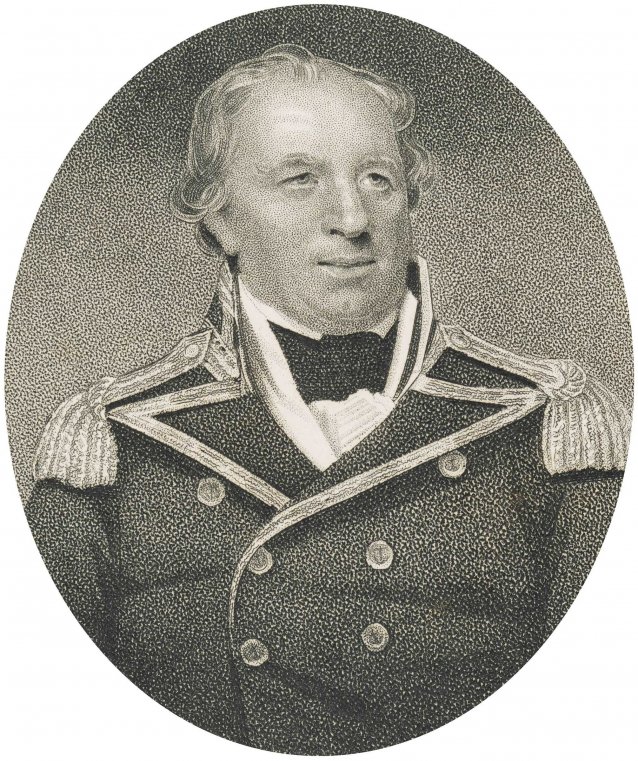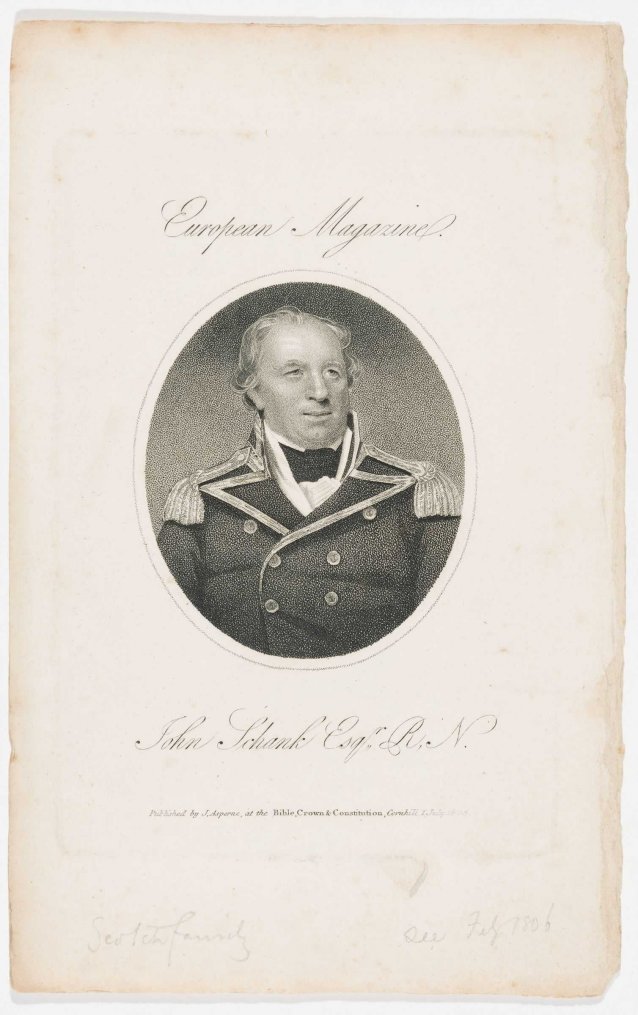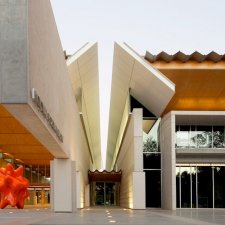John Schank (1740–1823), naval officer, joined the Royal Navy at age 17, having served in the merchant service as a boy. He rose to the rank of lieutenant in 1776; and in 1778, given his skill as an engineer, was appointed Commissioner of British naval dockyards in Canada. He returned to Britain in 1784; and in 1791 the Navy Board approved the construction of a number of ships incorporating the sliding keel, which Schank designed and which enabled the navigation of shallow waters. One of these ships, the Lady Nelson, under the command of James Grant, became in 1800 the first European ship to pass through Bass Strait from west to east. It was during this 1800 voyage along the Australian coast that Grant named Cape Schank and Mount Schank in honour of the ship’s designer. Thereafter, the Lady Nelson was in use in New South Wales for 25 years, sailing regularly between Sydney and Norfolk Island, Port Macquarie, Hobart and Port Dalrymple; and being engaged in an exploration of the Hunter River.
Collection: National Portrait Gallery
Gift of Ted and Gina Gregg 2012
The National Portrait Gallery respects the artistic and intellectual property rights of others. Works of art from the collection are reproduced as per the
Australian Copyright Act 1968 (Cth). The use of images of works from the collection may be restricted under the Act. Requests for a reproduction of a work of art can be made through a
Reproduction request. For further information please contact
NPG Copyright.















